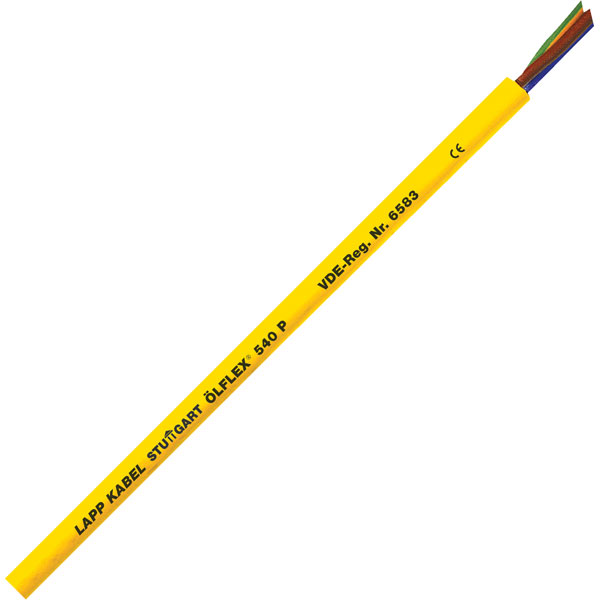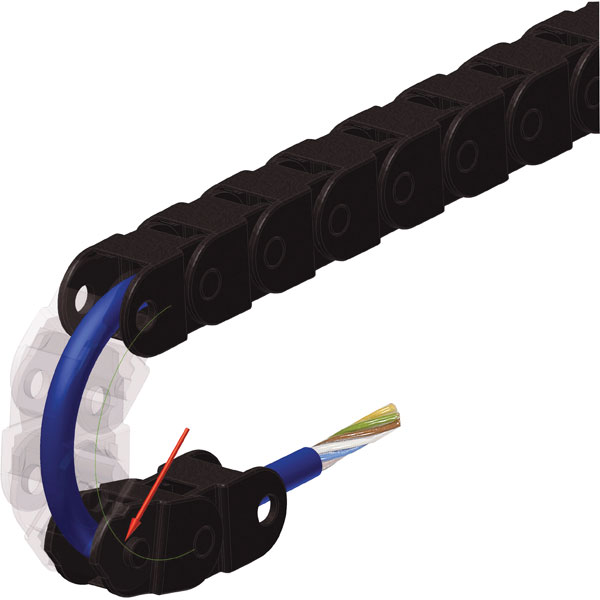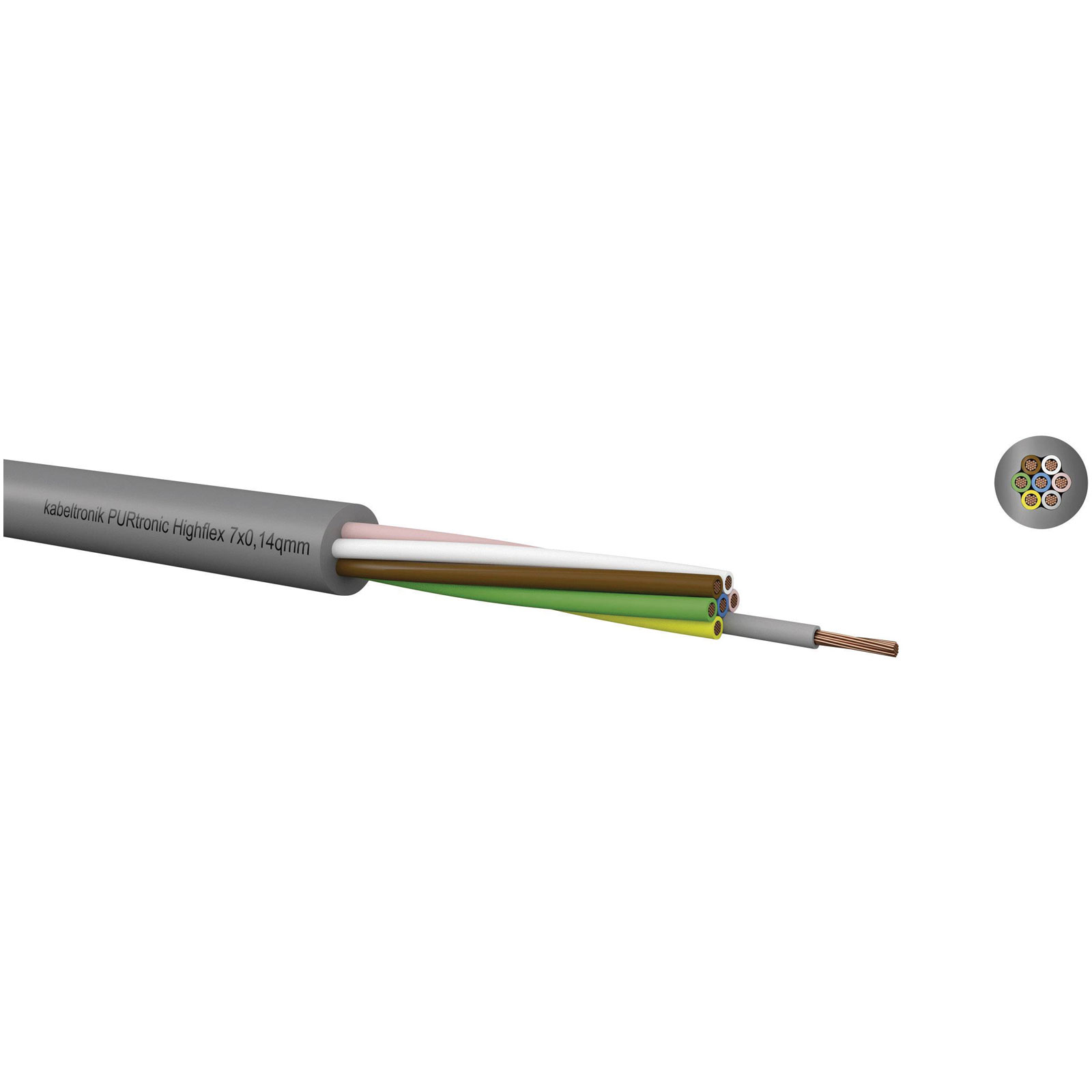In industrial automation, robotic arms are expected to perform millions of precise movements under demanding conditions. But while motors and actuators often get the spotlight, the cables that power and control these systems are just as critical. Poor cable selection can lead to fatigue, signal loss and unexpected downtime. That’s why TPE (thermoplastic elastomer) robotic cables have become a go-to solution for design engineers seeking high-flex, durable performance in motion-intensive environments.
Why cable fatigue is a real problem in robotics
Robotic arms and automated machinery operate in continuous motion, twisting, bending and flexing through tight cycles. Standard cables often fail prematurely due to:
- Abrasion and mechanical wear
- Torsional stress from multi-axis movement
- Thermal cycling in heated environments
- Chemical exposure in manufacturing zones
These failures can interrupt production and increase maintenance costs. High-flex drag chain cables made with TPE insulation are specifically engineered to withstand these stresses, offering longer service life and consistent signal integrity.
What is TPE and why it’s ideal for motion systems
TPE (Thermoplastic Elastomer) combines the flexibility of rubber with the durability of plastic. It’s widely used in robotic cable jackets due to its:
- Exceptional flexibility for tight bend radii
- Abrasion resistance in high-cycle applications
- Chemical and oil resistance for harsh environments
- Wide operating temperature range (typically -40°C to +125°C)
- Halogen-free and flame-retardant properties for safety compliance
Compared to PVC or PUR, TPE offers superior performance in dynamic applications, especially where cables are routed through drag chains or exposed to continuous movement.
Design considerations for robotic cable selection
When specifying cables for robotic arms, engineers should evaluate:
- Minimum bend radius: TPE cables can handle tighter bends without cracking
- Cycle life: Many TPE robotic cables are rated for 10 million+ flex cycles
- Torsional tolerance: Important for multi-axis robots and rotating joints
- Shielding: Foil or braid shielding protects against EMI in control systems
- Certifications: Look for UL, CE and RoHS compliance for global use
These factors ensure cables maintain performance over time, even in demanding environments like packaging lines, pick-and-place systems and automated welding stations.
Application scenarios
TPE robotic cables are commonly used in:
- Industrial robotics for assembly and handling - These cables are engineered to withstand the extreme mechanical stresses of continuous motion, including constant twisting, bending, and rapid acceleration and deceleration. They are a preferred solution because they resist abrasion and torsional stress, which can lead to premature failure and costly production downtime.
- Food processing equipment where hygiene and flexibility are key - TPE cables are designed to be highly resistant to corrosive cleaning agents, hot water, and high-pressure washdowns. They are often certified by standards like ECOLAB® and FDA to ensure they can withstand these rigorous sanitation procedures without degrading or contaminating the product.
- Automated packaging lines with high-speed motion - TPE cables are essential in these applications for their durability under rapid, high-cycle motion and their ability to function reliably within drag chains. Their high cycle life helps maintain consistent performance, which is critical for meeting tight production deadlines and minimizing unscheduled interruptions.
- Test & measurement setups requiring precise signal transmission - For these applications, TPE cables are built with low capacitance to enable faster data transmission with minimal distortion. Their robust shielding protects sensitive signals from electromagnetic interference, ensuring the integrity and accuracy of the data being measured.



